Rae Begley is an Australian artist specialising in film photography.
Her work explores a connection to Earth as a living organism and a curiosity about our legacy within the vast expanse of the cosmos.
‘Begley’s suite of photographic works...renders on paper the patient, attentive, and robustly material encounter between the photographer and the natural world around her.
This encounter lays the world open for the viewer; landscapes gesture, silently, at the histories and mysteries contained in their own expansive planes.’
Erin McFadyen, Artist Profile
Strange Quiet


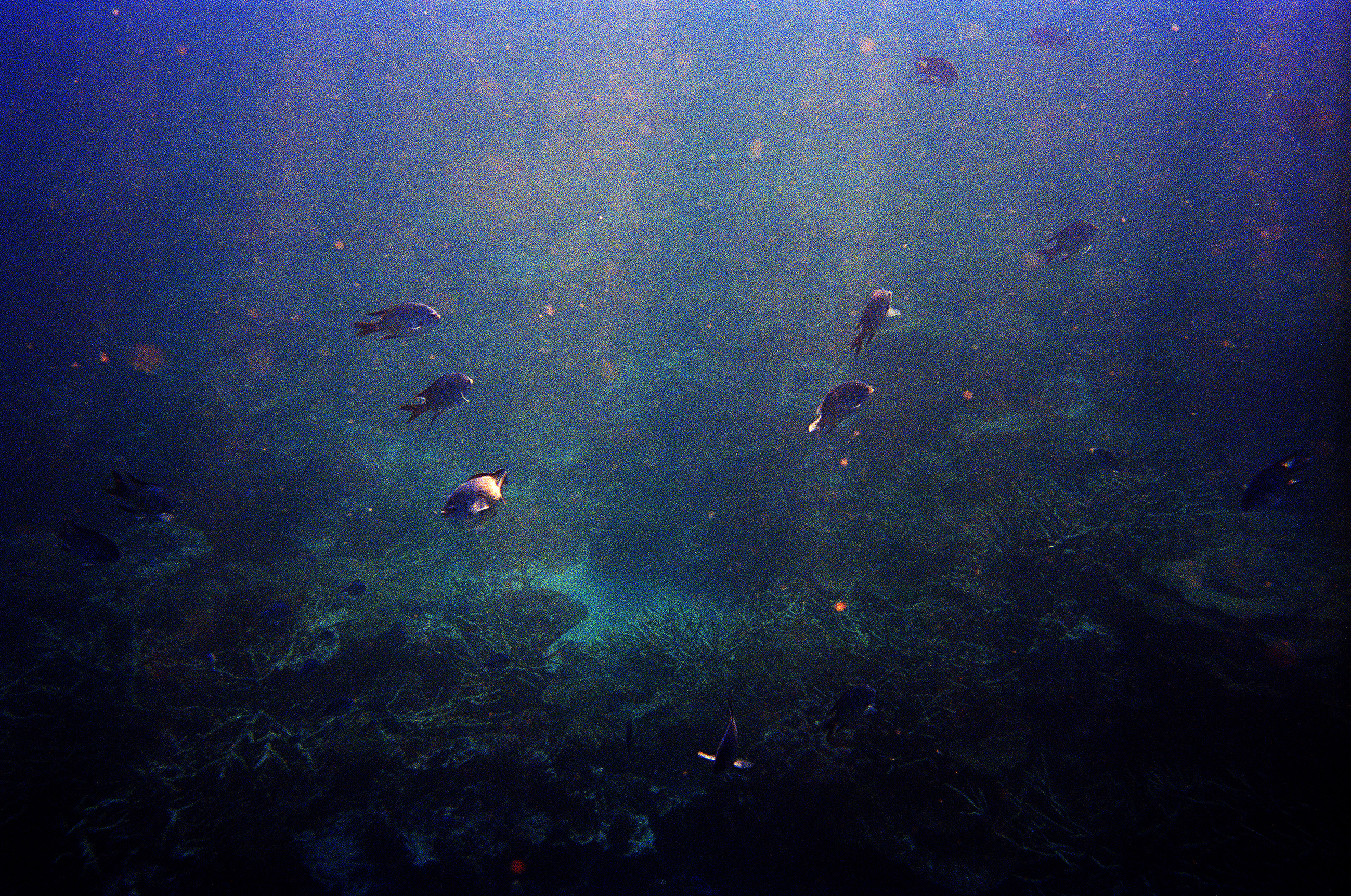
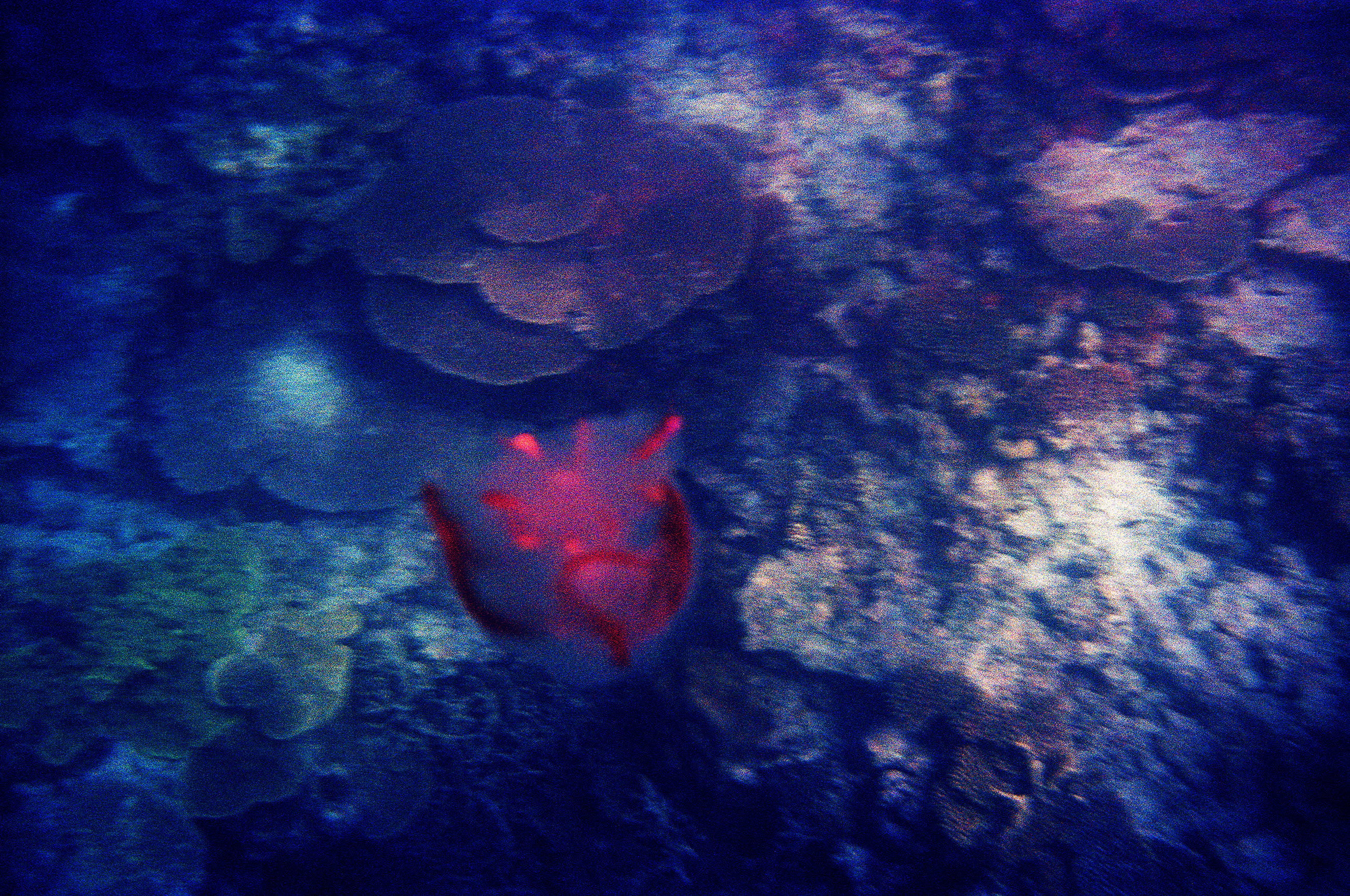
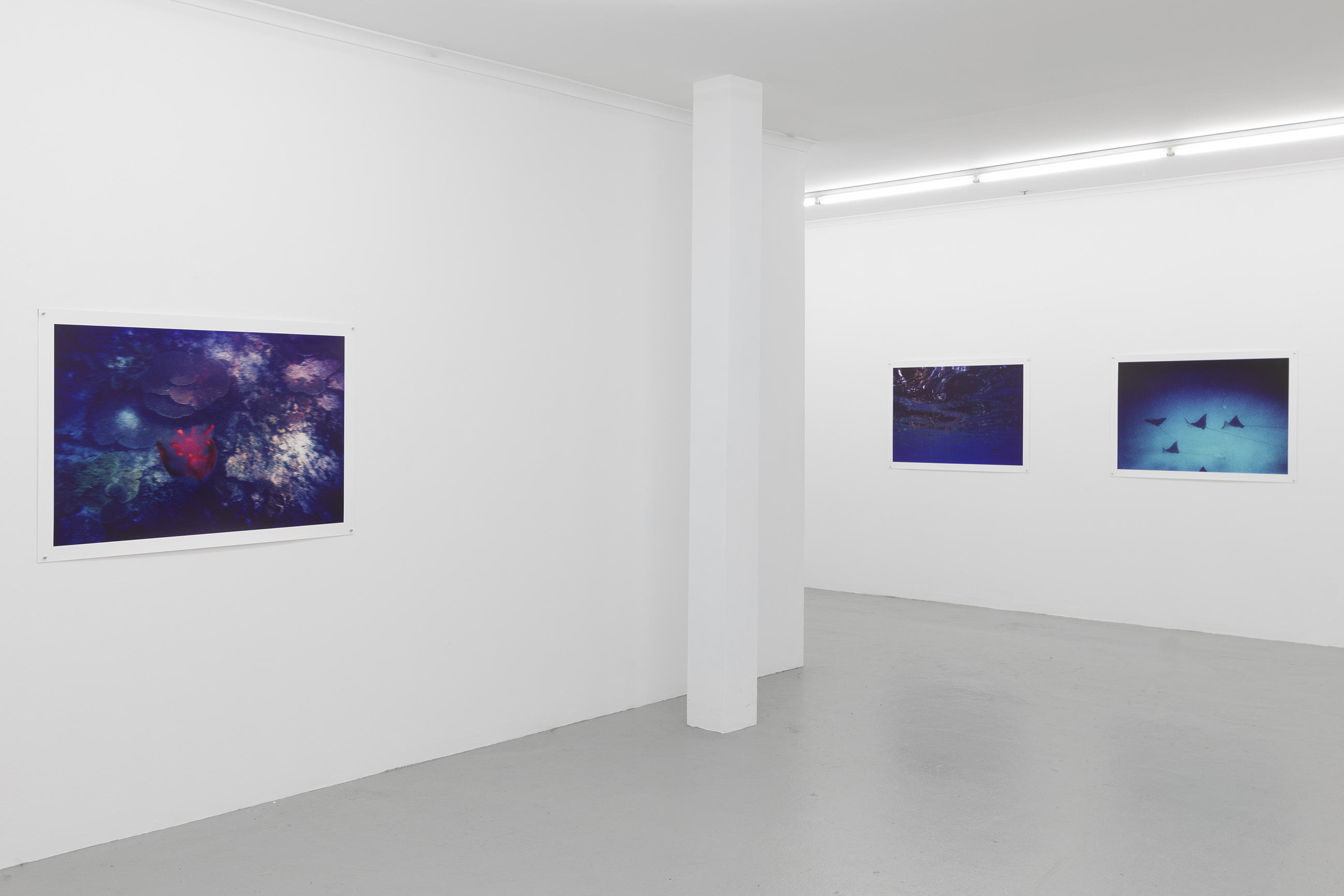
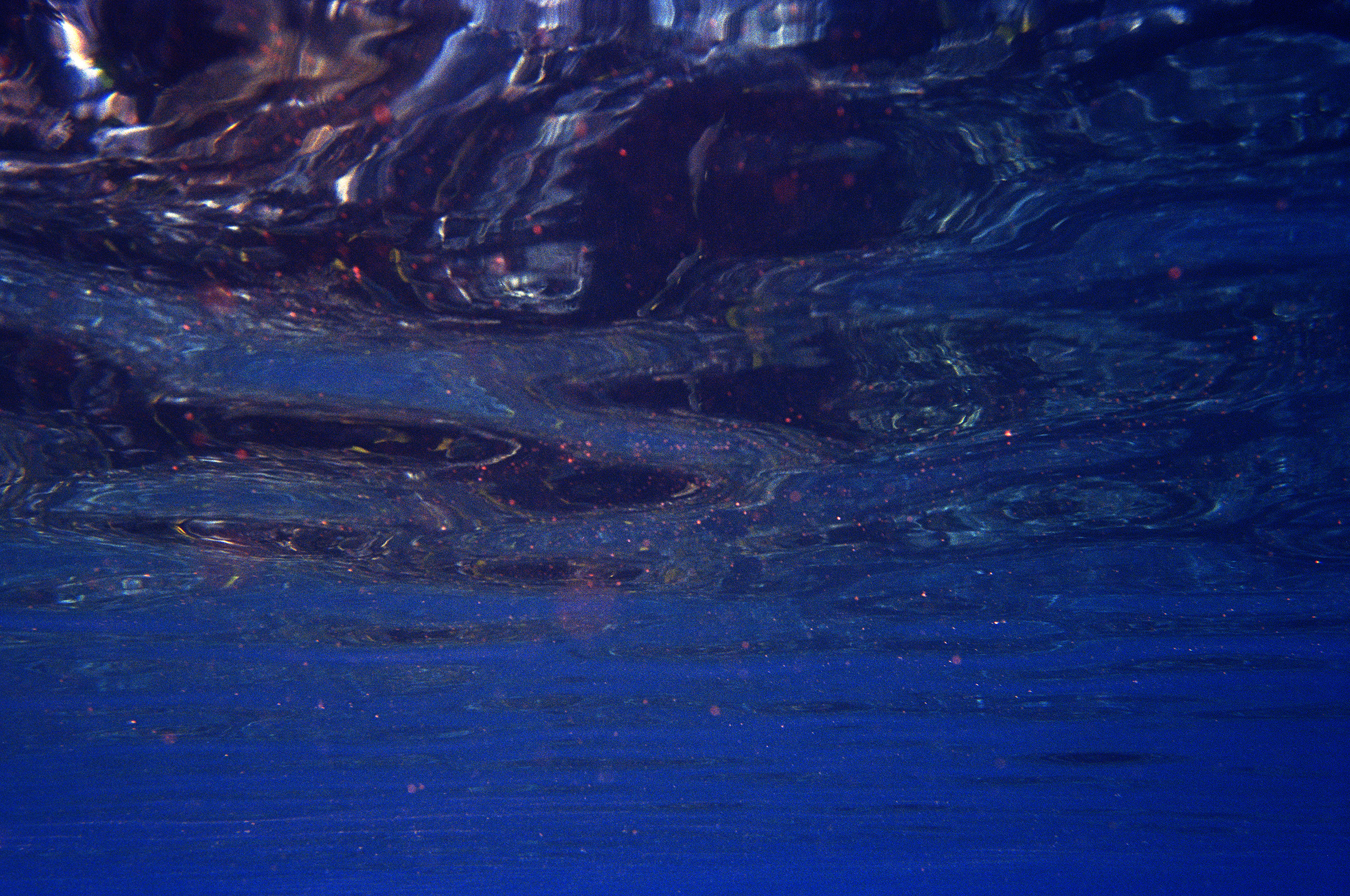
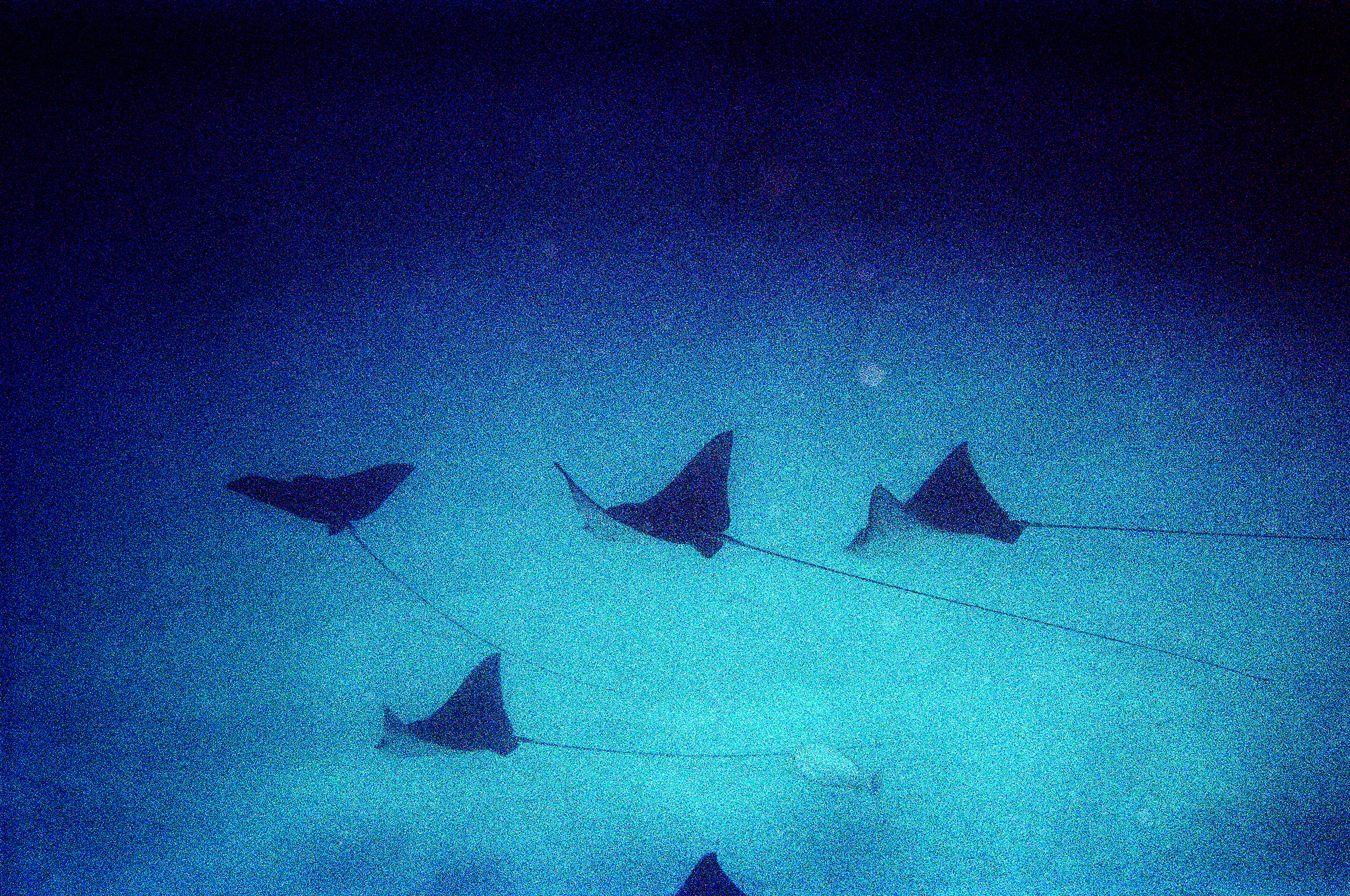
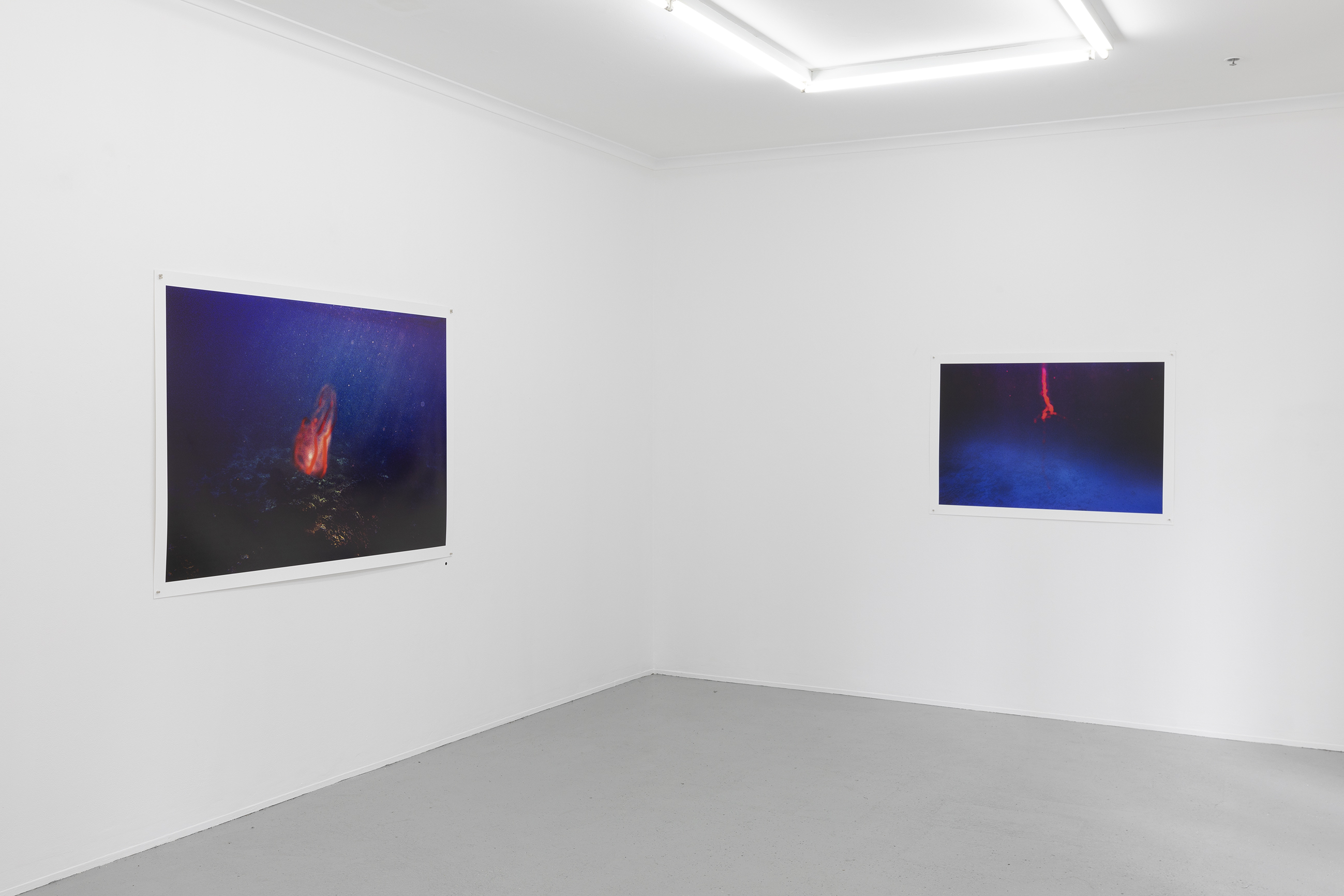

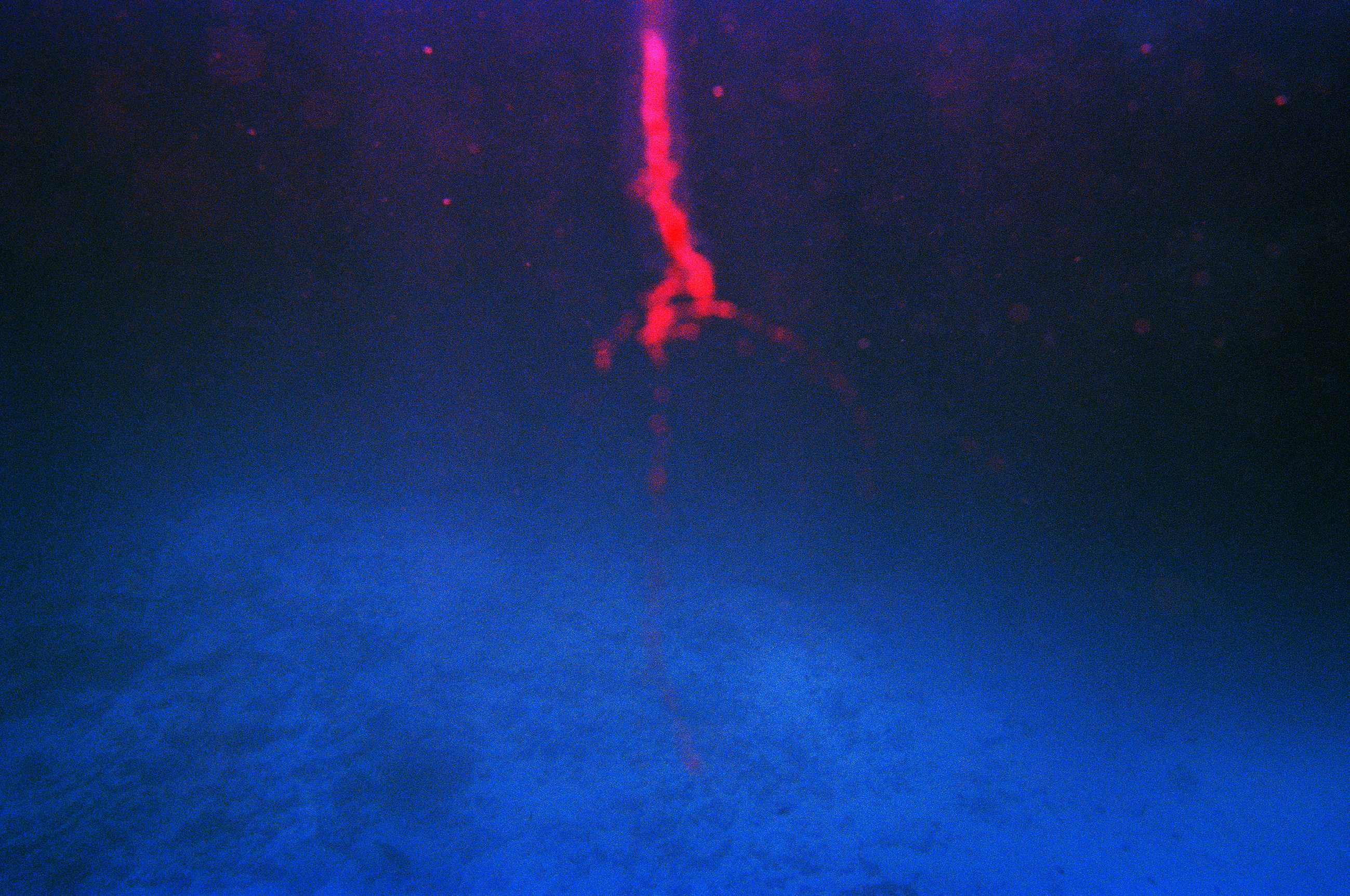
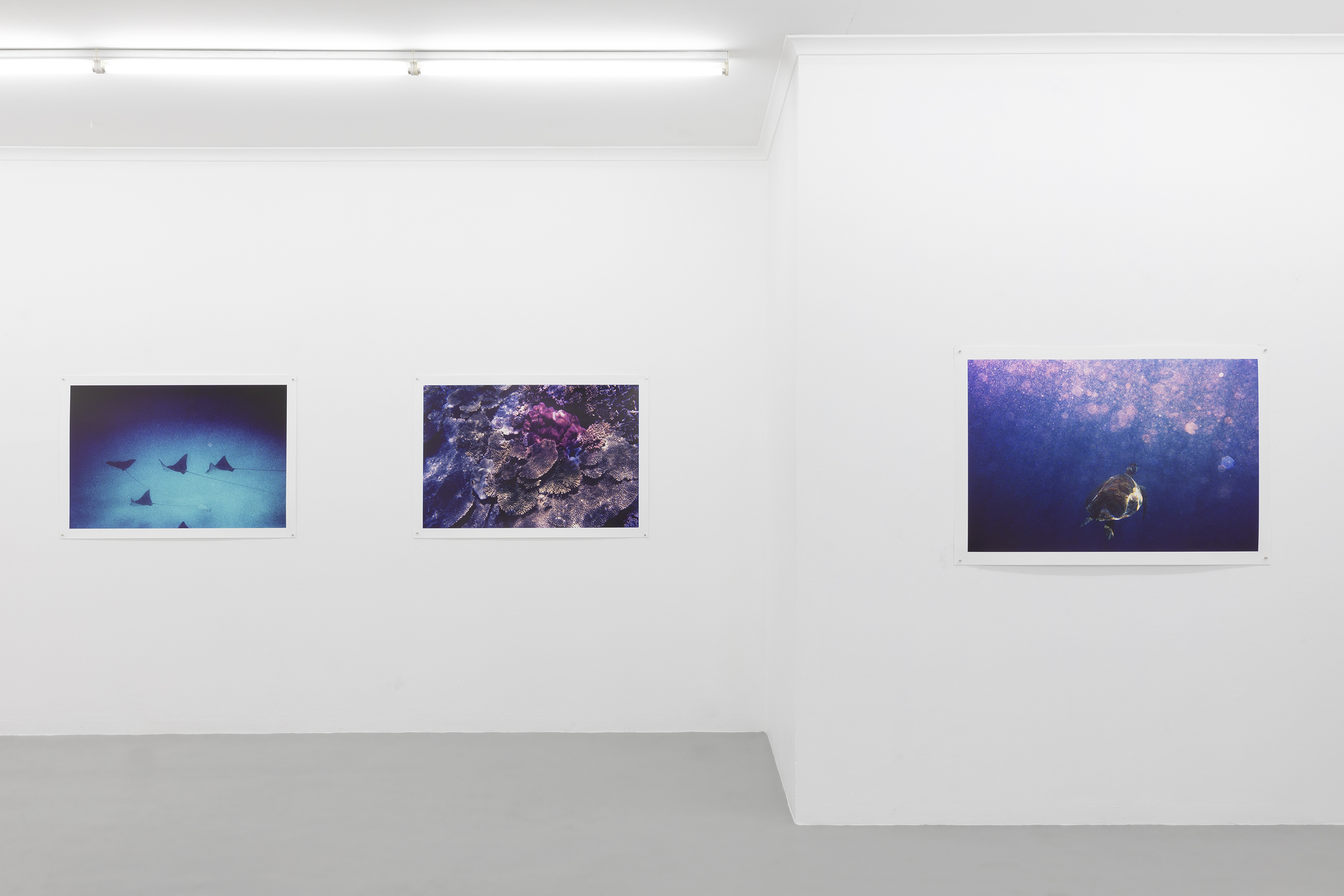
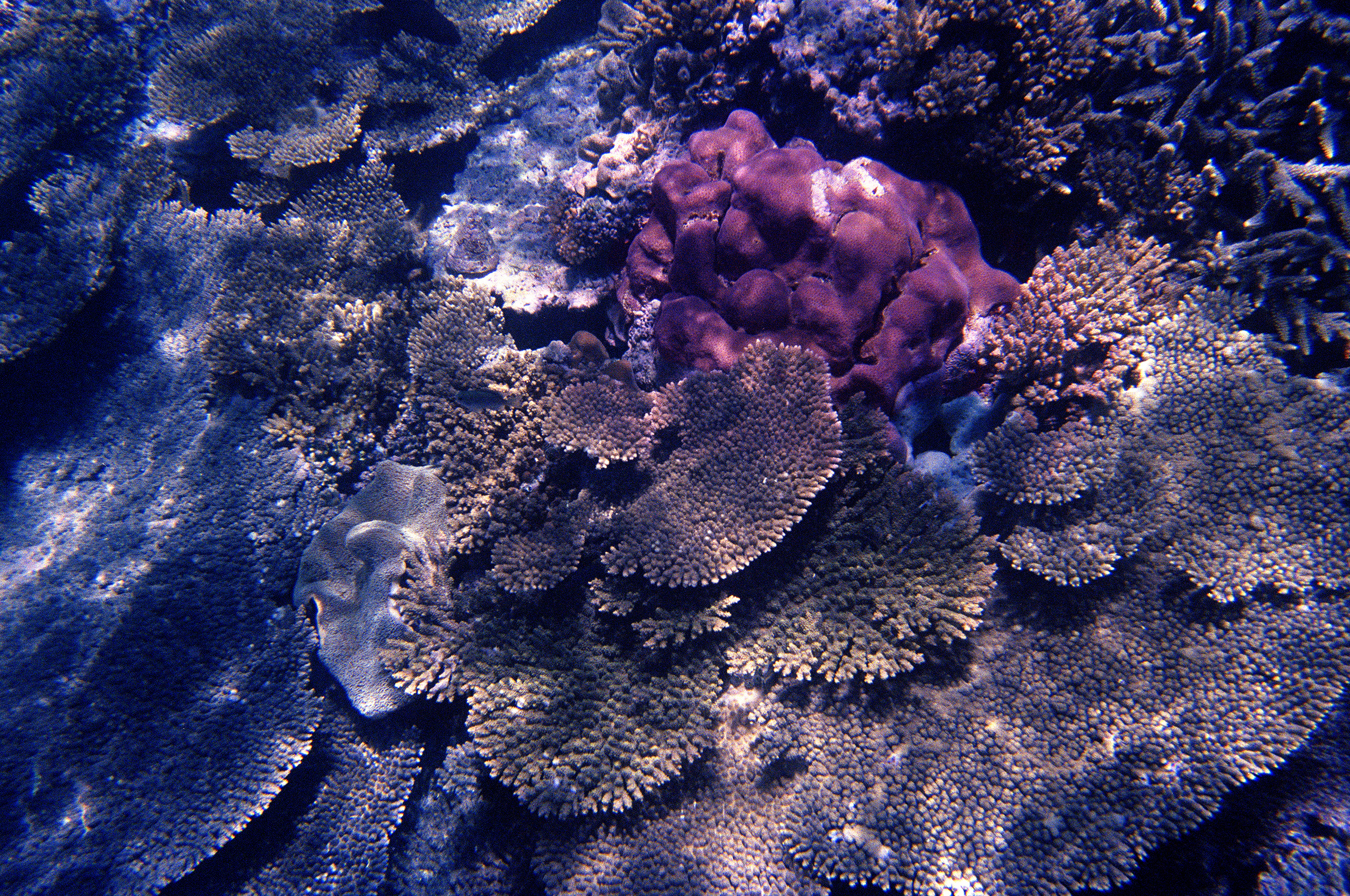

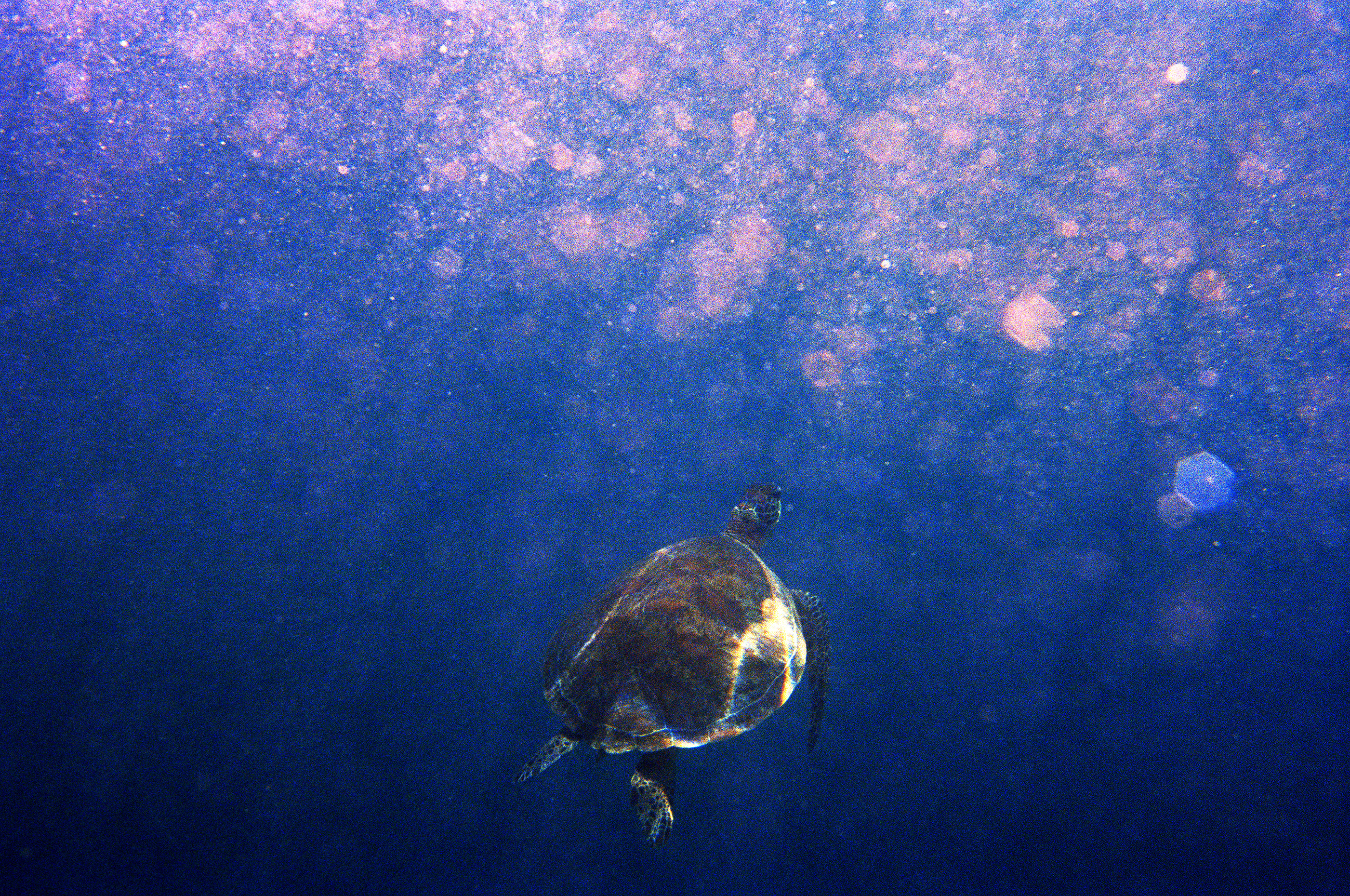

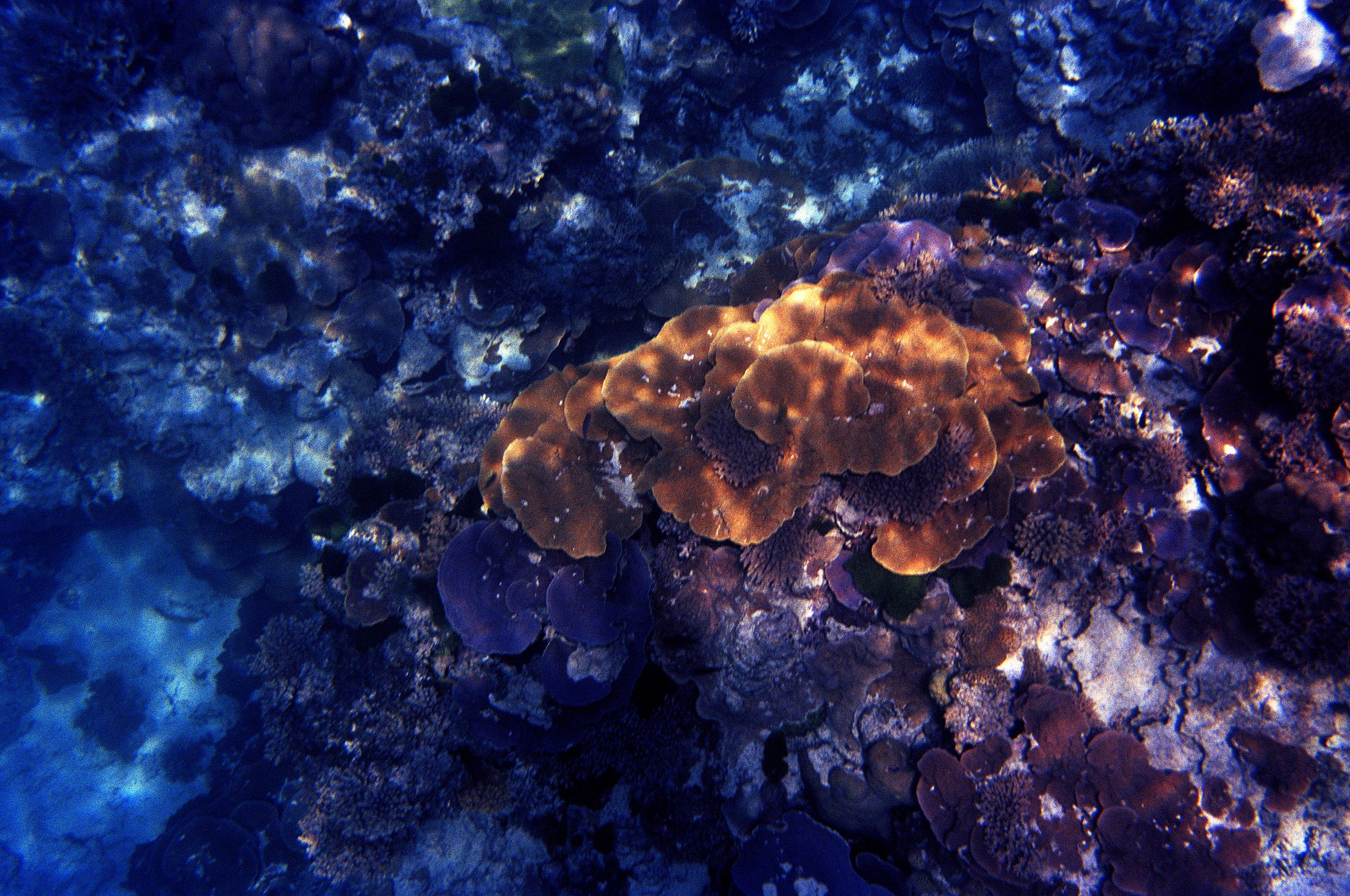
Strange Quiet is a continuation of the artists exploration of Earth as a living organism.
Immersed underwater we are privy to the cosmic glory found within the 20 hectare coral cay of Heron Island located in the southern section of the Great Barrier Reef, the largest coral reef system on Earth and the only living structure visible from the moon.
Strange Quiet is a meditation on time, an intimate interaction with the ecosystem of the reef, its mystery, its beauty and its quiet fragility.
Immersed underwater we are privy to the cosmic glory found within the 20 hectare coral cay of Heron Island located in the southern section of the Great Barrier Reef, the largest coral reef system on Earth and the only living structure visible from the moon.
Strange Quiet is a meditation on time, an intimate interaction with the ecosystem of the reef, its mystery, its beauty and its quiet fragility.
The photographs were created whilst snorkelling as part of the Groundswell Heron Island Fellowship with the Climate Council, the annual residency led by world renowned reef, climate and First Nations justice experts, brings together cultural leaders to educate them about the science, impacts and solutions to climate change.
The exhibition namesake references the Brian Eno composition Strange Quiet from the album For All Mankind.
The exhibition namesake references the Brian Eno composition Strange Quiet from the album For All Mankind.
Strange Quiet
9-20 August 2023
27-39 Abercrombie Street
Chippendale, Sydney
Catalogue ︎︎︎
Press:
VAULT ︎︎︎
Art Almanac︎︎︎
Russh︎︎︎
ABC Radio︎︎︎
9-20 August 2023
27-39 Abercrombie Street
Chippendale, Sydney
Catalogue ︎︎︎
Press:
VAULT ︎︎︎
Art Almanac︎︎︎
Russh︎︎︎
ABC Radio︎︎︎
→ Shop Prints
On a quiet day, I can hear her breathing
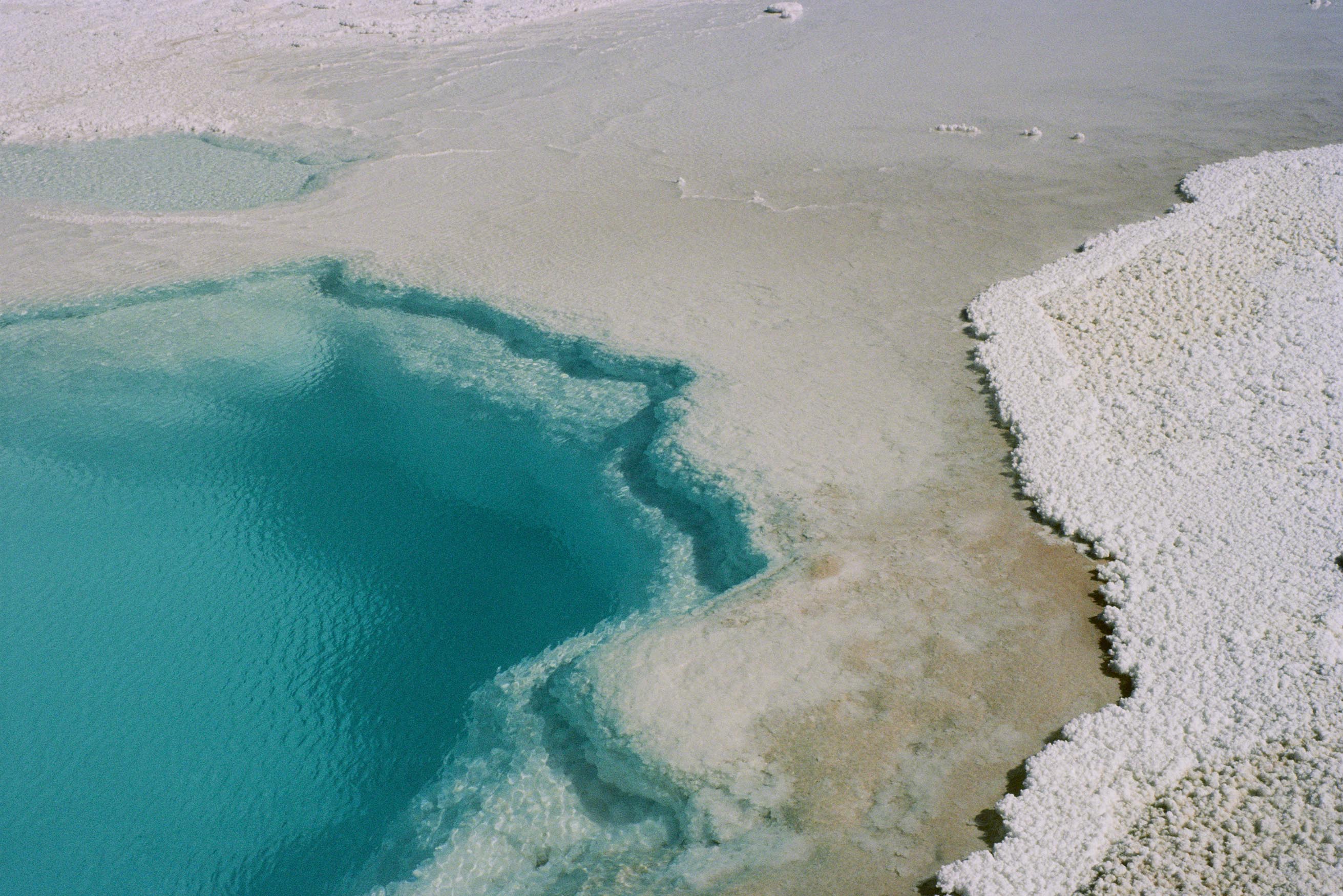



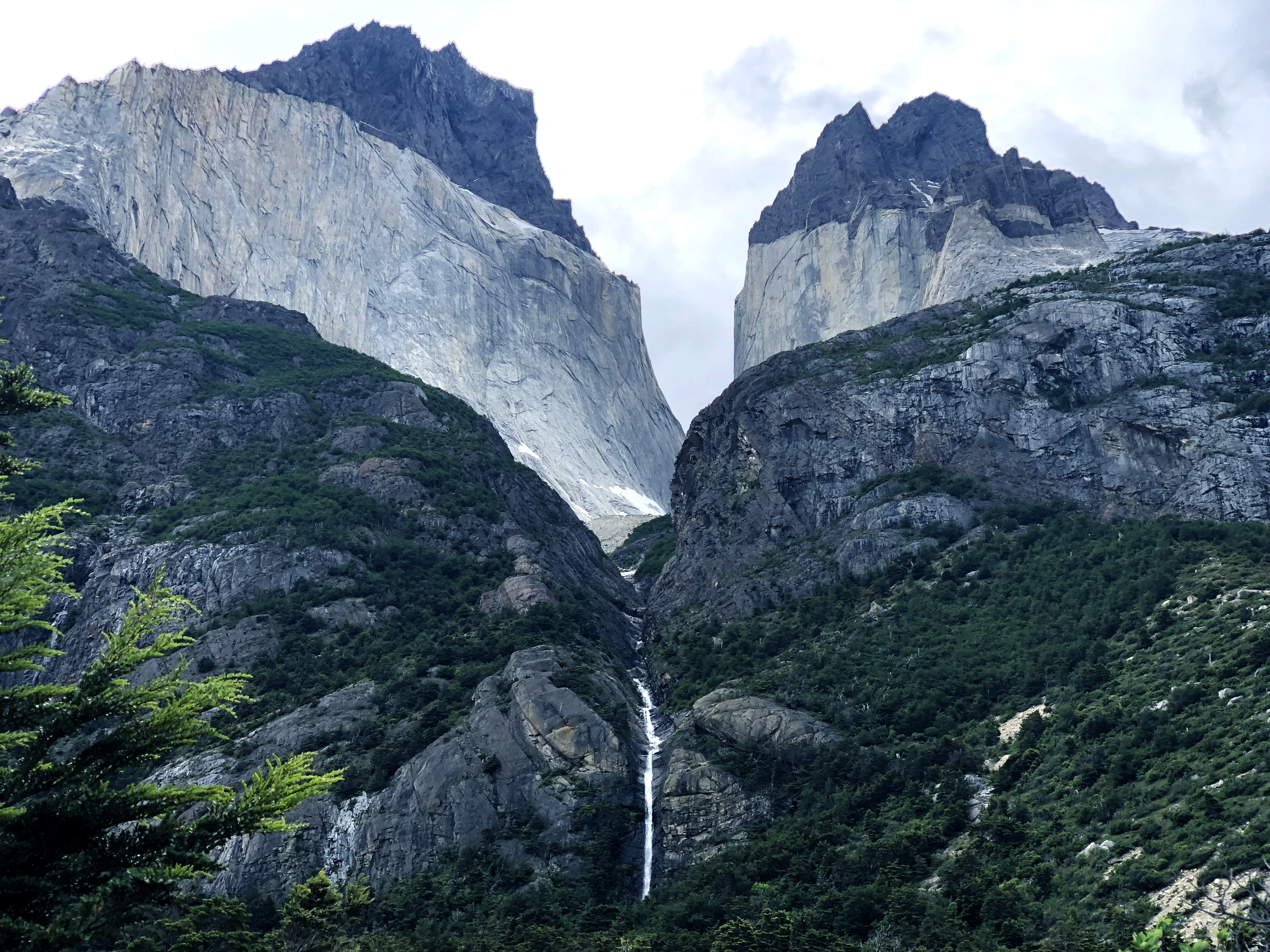


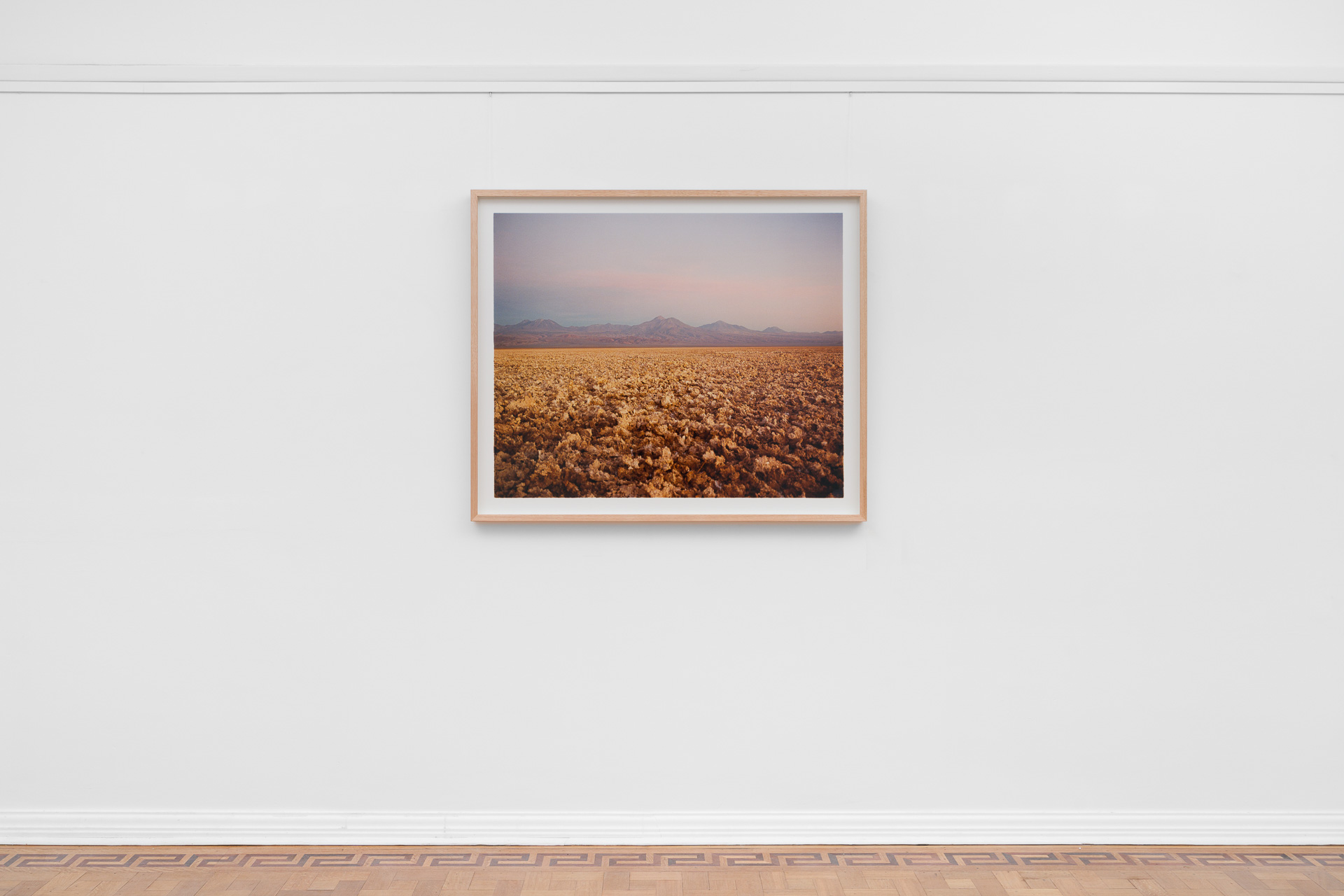
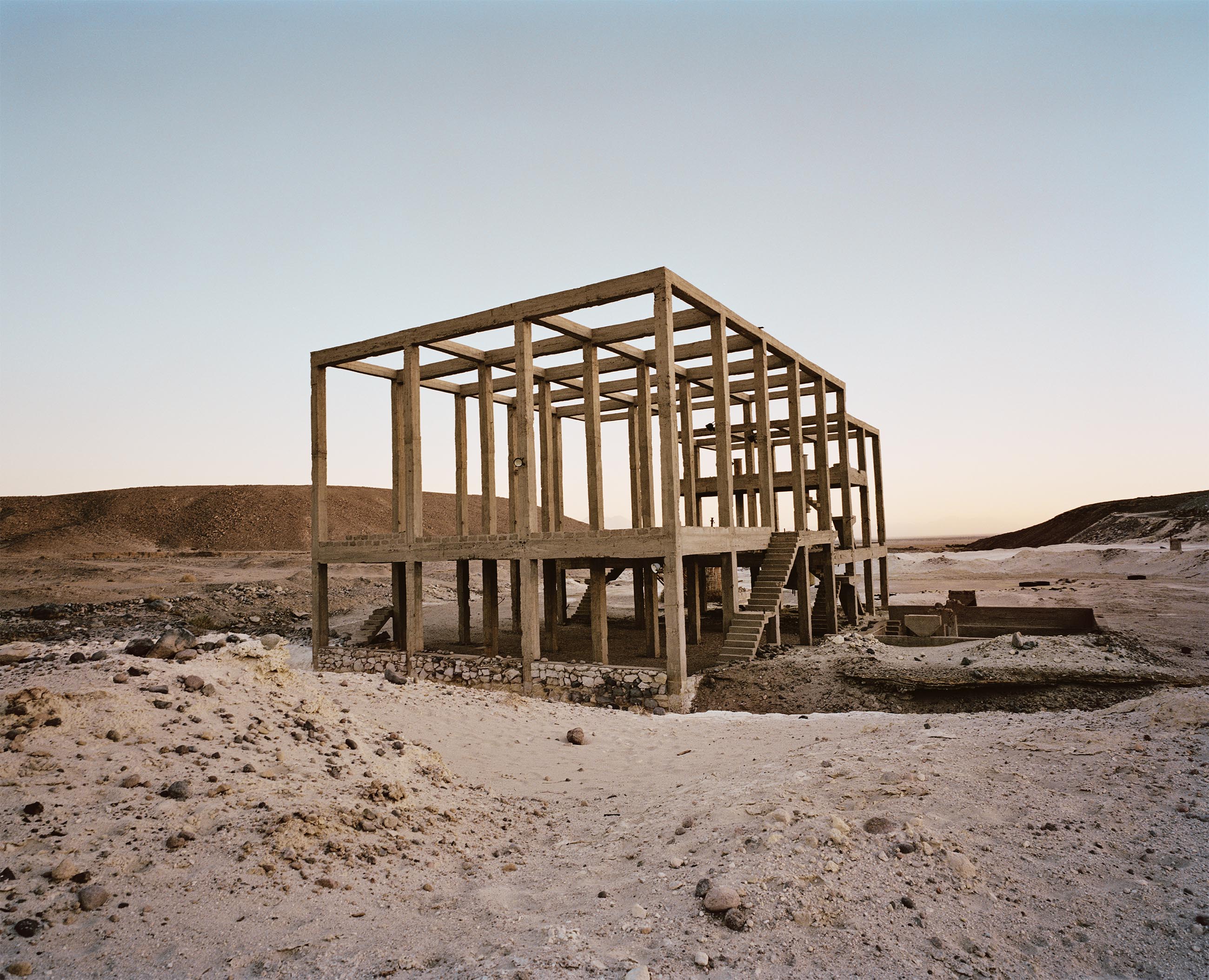

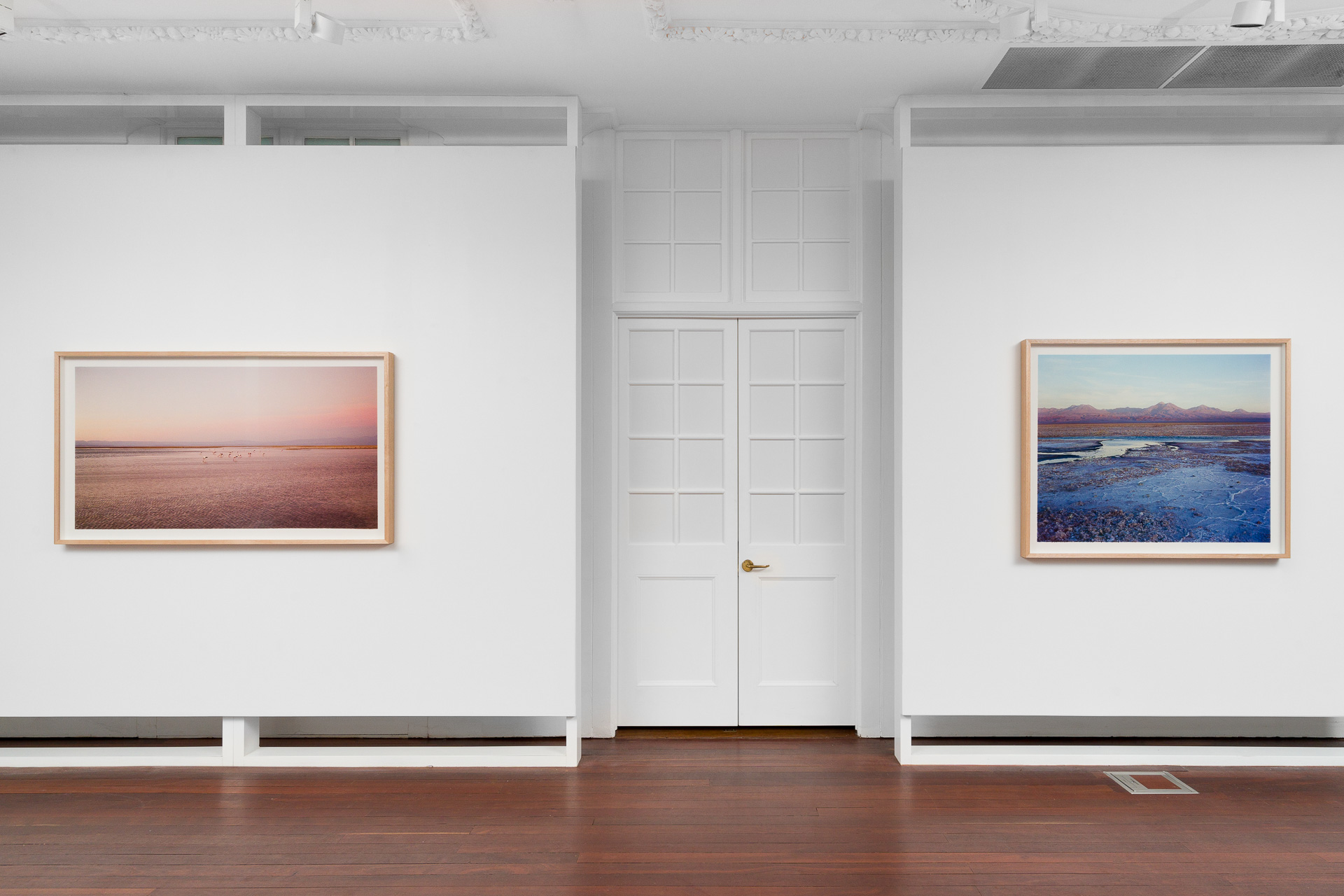

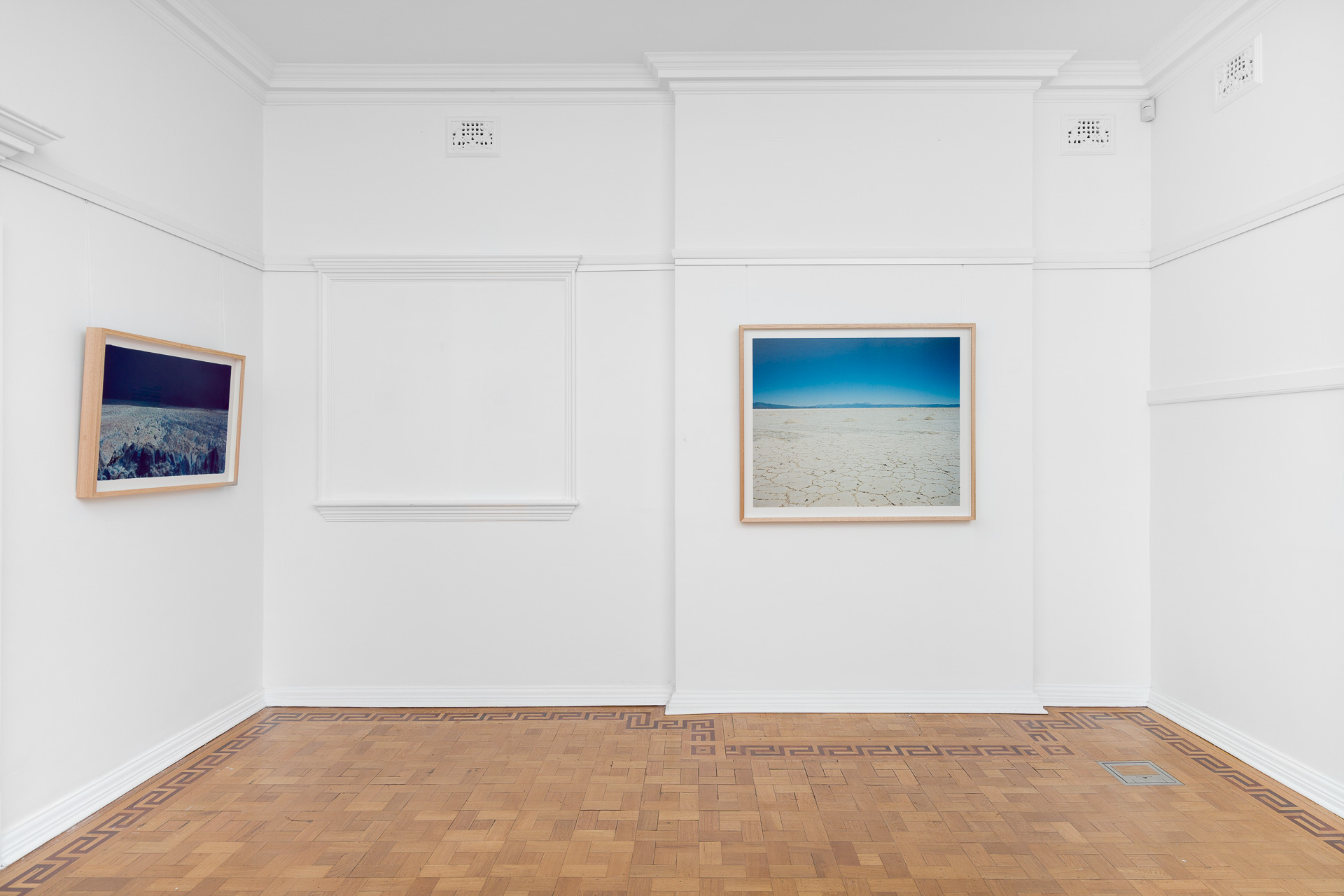

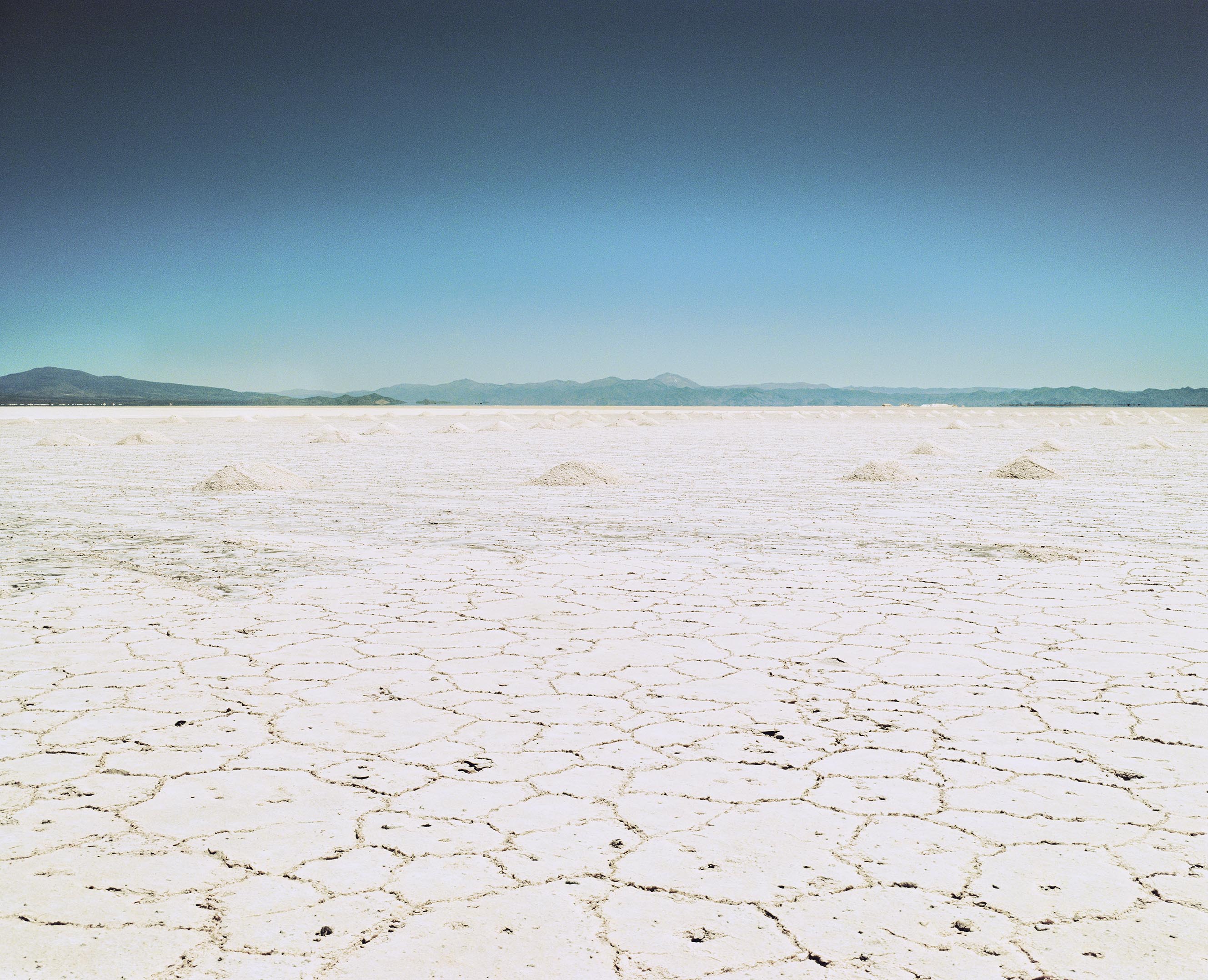
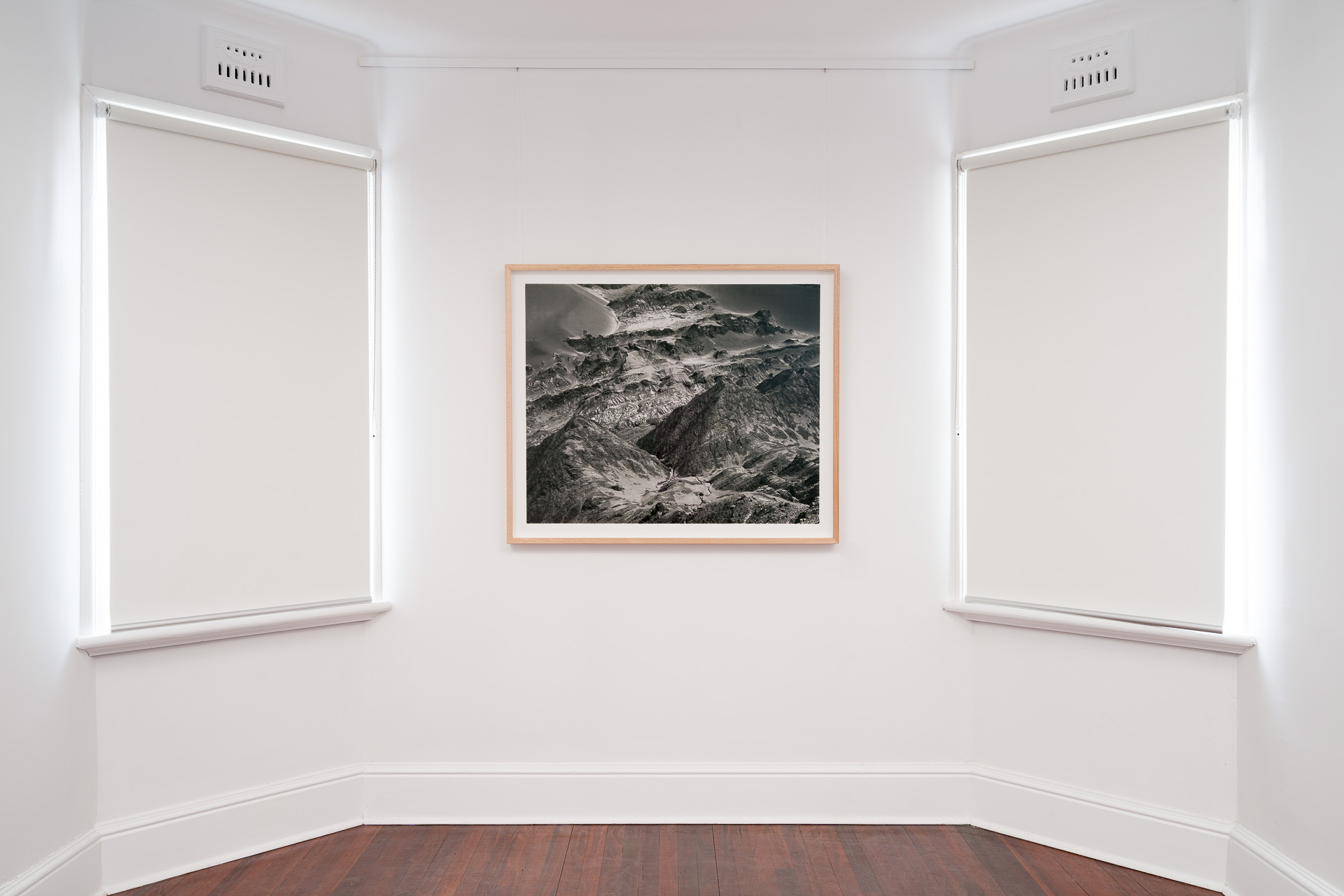
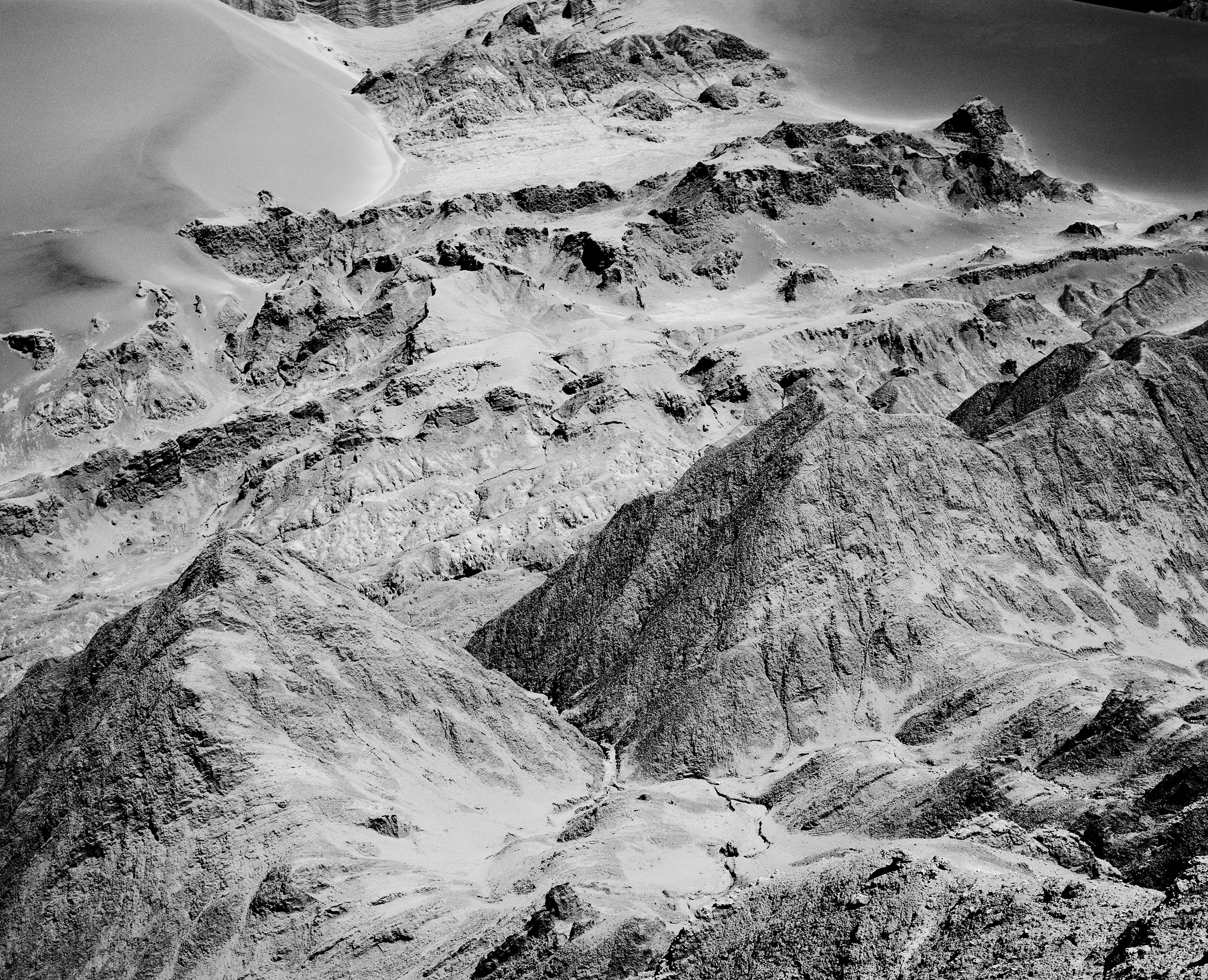
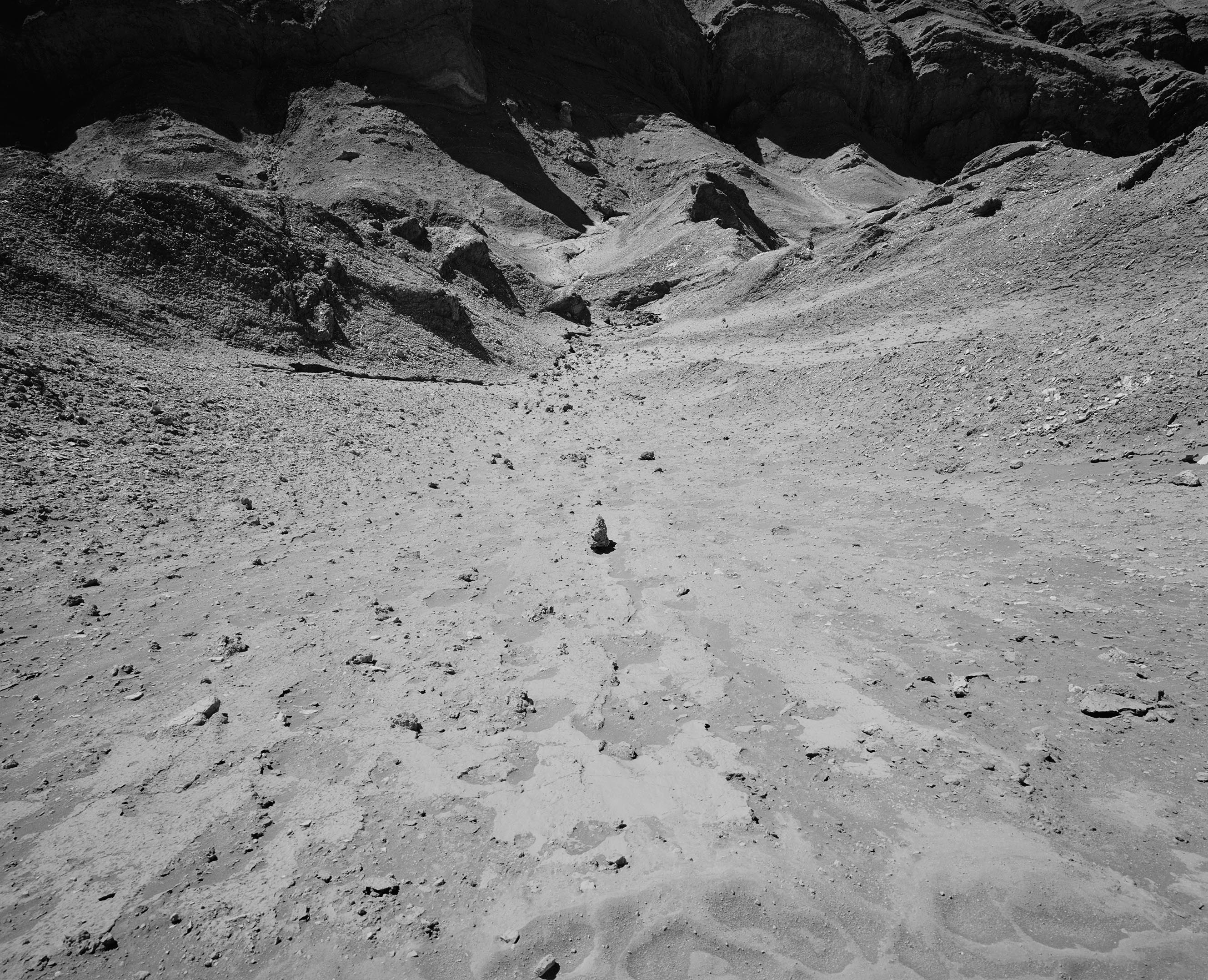

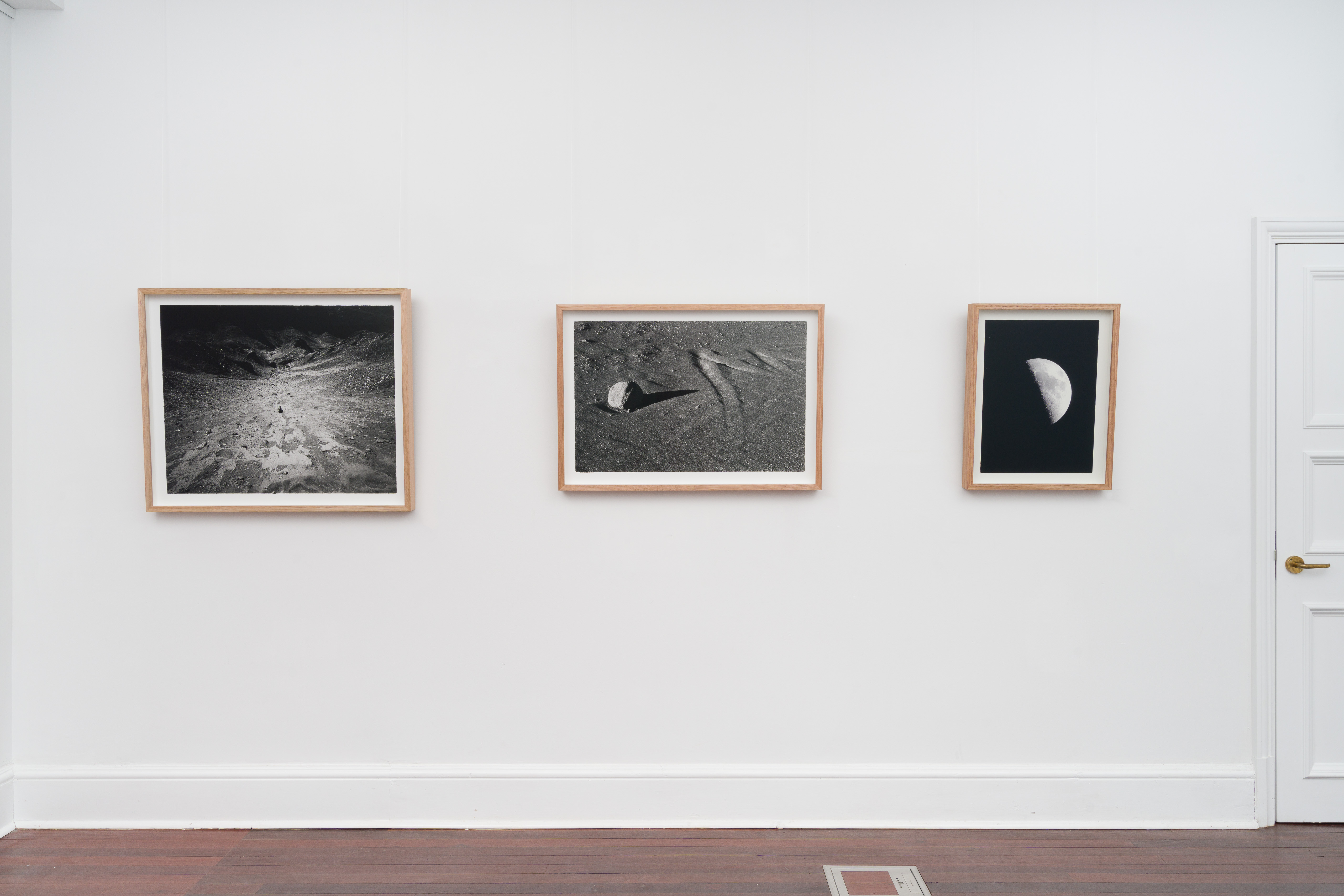


On a quiet day, I can hear her breathing reflects on nature, on Earth as a living organism.
The photographs were made with a slow intensity of exploration through the physical act of walking and site-responsive connections to remote environments.
Performative in the process of their creation, each work is happened upon, captured during physically demanding expeditions.
Geological landscapes, otherworldly scenes and elements of human interference become found moments in time and space, evoking environmental and philosophical questions.
On a quiet day, I can hear her breathing is a meditation on time.
The photographs were made with a slow intensity of exploration through the physical act of walking and site-responsive connections to remote environments.
Performative in the process of their creation, each work is happened upon, captured during physically demanding expeditions.
Geological landscapes, otherworldly scenes and elements of human interference become found moments in time and space, evoking environmental and philosophical questions.
On a quiet day, I can hear her breathing is a meditation on time.
As humans, we are slow to act to protect the environment from our own destruction, to halt its decline, to care for home, our golden earth.
The series includes work developed during an artist residency with La Wayaka Current in the indigenous community of Coyo in the Atacama Desert, Chile, the driest nonpolar desert in the world.
The work includes a collaboration with musician and composer Russell Webster (The M1) utilising field recordings and live instrumentation to form a looped soundscape.
*Exhibition title references an excerpt from Arundhati Roy’s speech “Come September” delivered in 2002.
The series includes work developed during an artist residency with La Wayaka Current in the indigenous community of Coyo in the Atacama Desert, Chile, the driest nonpolar desert in the world.
The work includes a collaboration with musician and composer Russell Webster (The M1) utilising field recordings and live instrumentation to form a looped soundscape.
*Exhibition title references an excerpt from Arundhati Roy’s speech “Come September” delivered in 2002.
On a quiet day, I can hear her breathing
10 August - 4 September 2022
Woollahra Gallery at Redleaf
548 New South Head Road
Double Bay, Sydney
Press:
Guardian Australia ︎︎︎
AFR Life & Leisure ︎︎︎
Art Guide Australia ︎︎︎
Artist Profile ︎︎︎
New York Times Style: Australia︎︎︎
Russh ︎︎︎
Art Collector ︎︎︎
Broadsheet ︎︎︎
Wonderground︎︎︎
Groundswell ︎︎︎
Monster Children ︎︎︎
doingbird︎︎︎
10 August - 4 September 2022
Woollahra Gallery at Redleaf
548 New South Head Road
Double Bay, Sydney
Press:
Guardian Australia ︎︎︎
AFR Life & Leisure ︎︎︎
Art Guide Australia ︎︎︎
Artist Profile ︎︎︎
New York Times Style: Australia︎︎︎
Russh ︎︎︎
Art Collector ︎︎︎
Broadsheet ︎︎︎
Wonderground︎︎︎
Groundswell ︎︎︎
Monster Children ︎︎︎
doingbird︎︎︎
→ Shop Prints
And Then Nothing Turned Itself Inside-Out
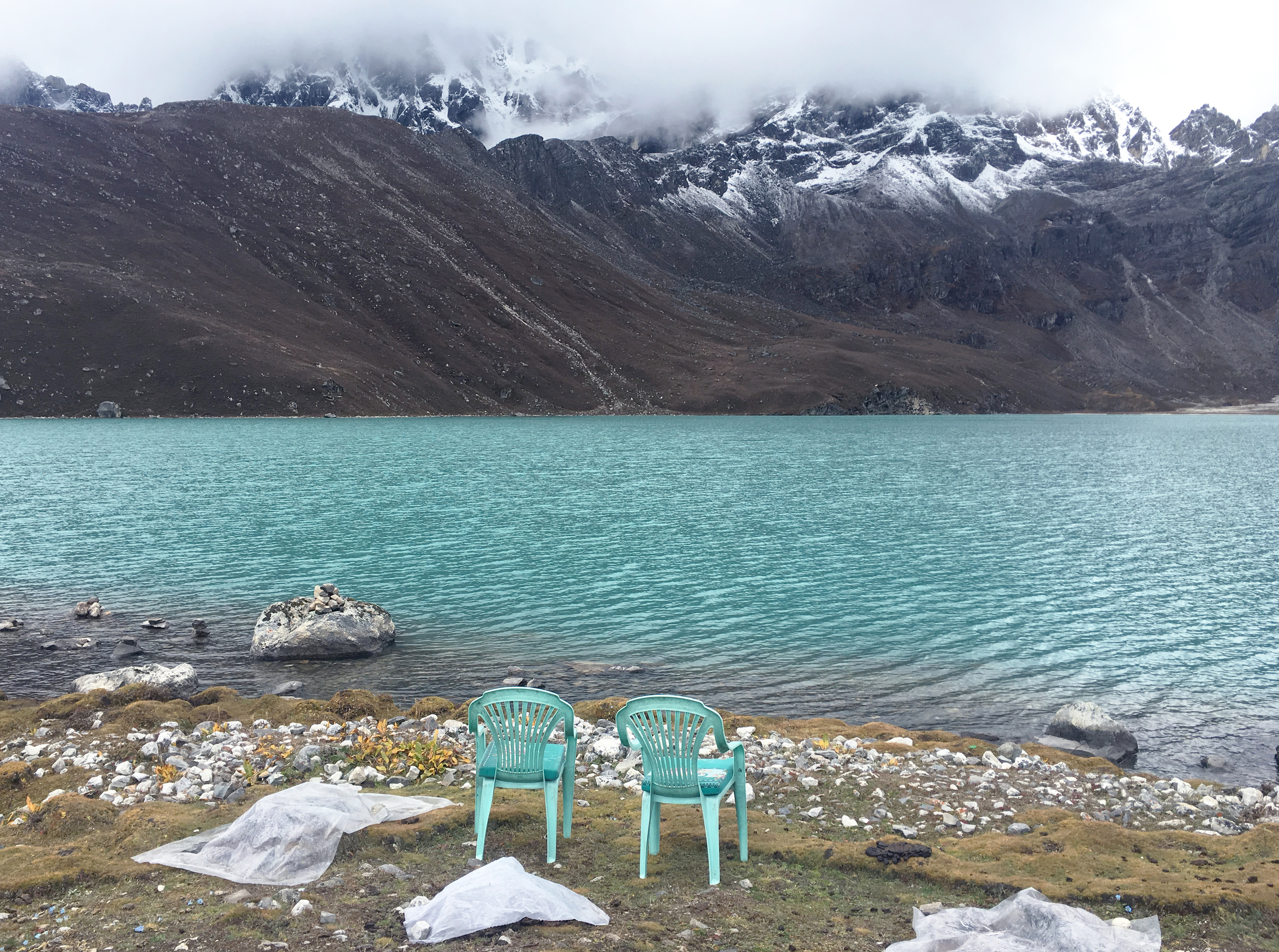

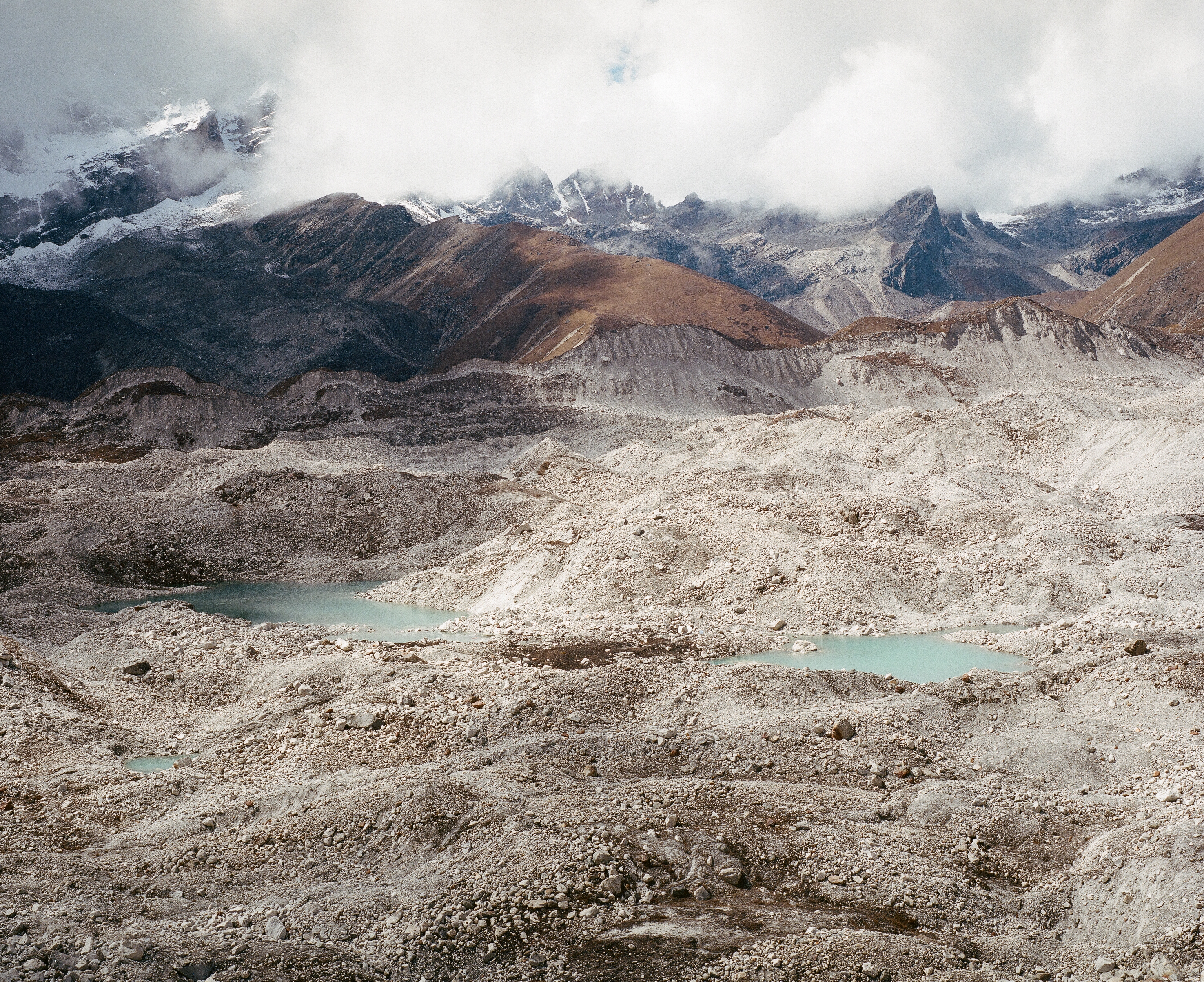

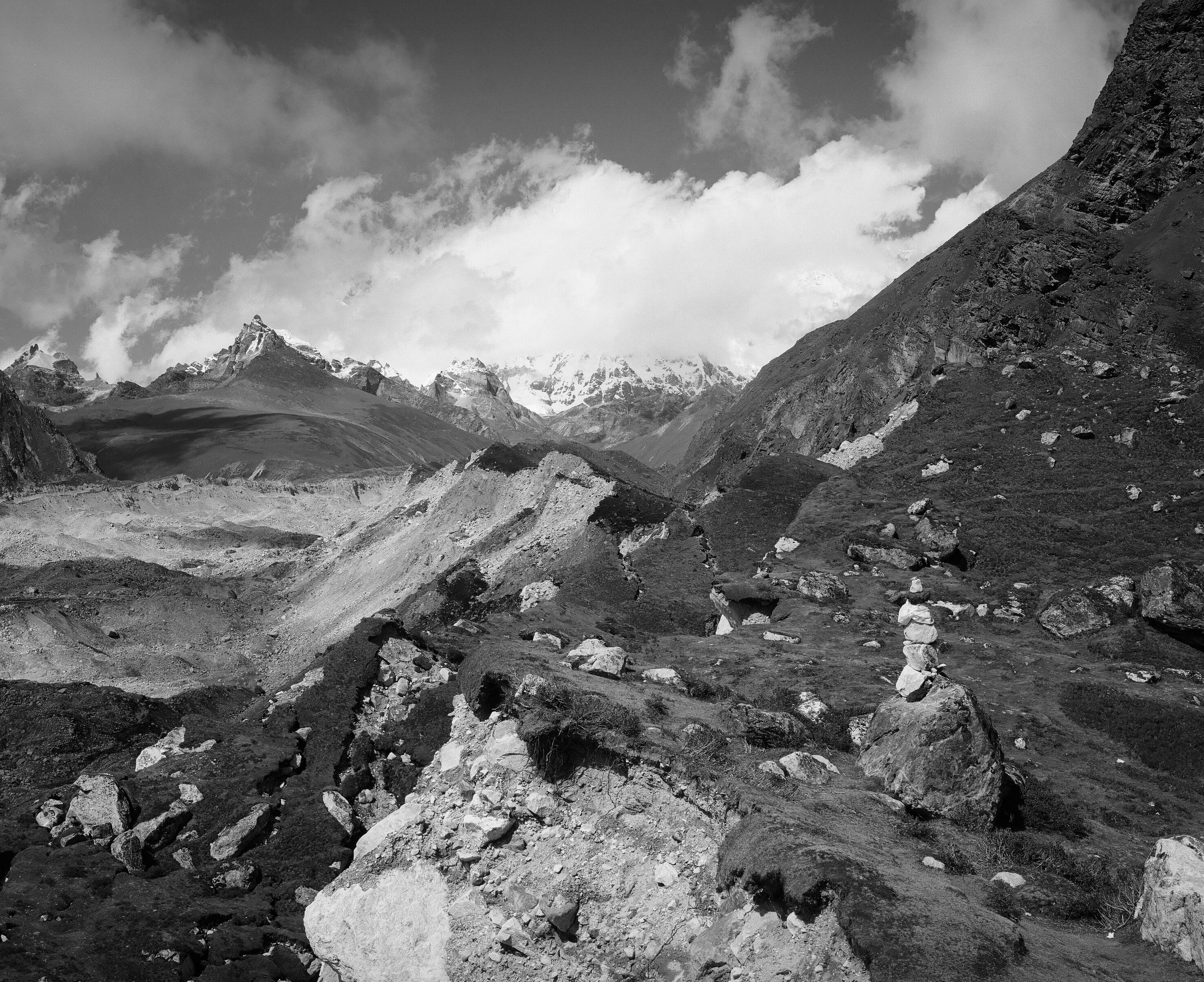
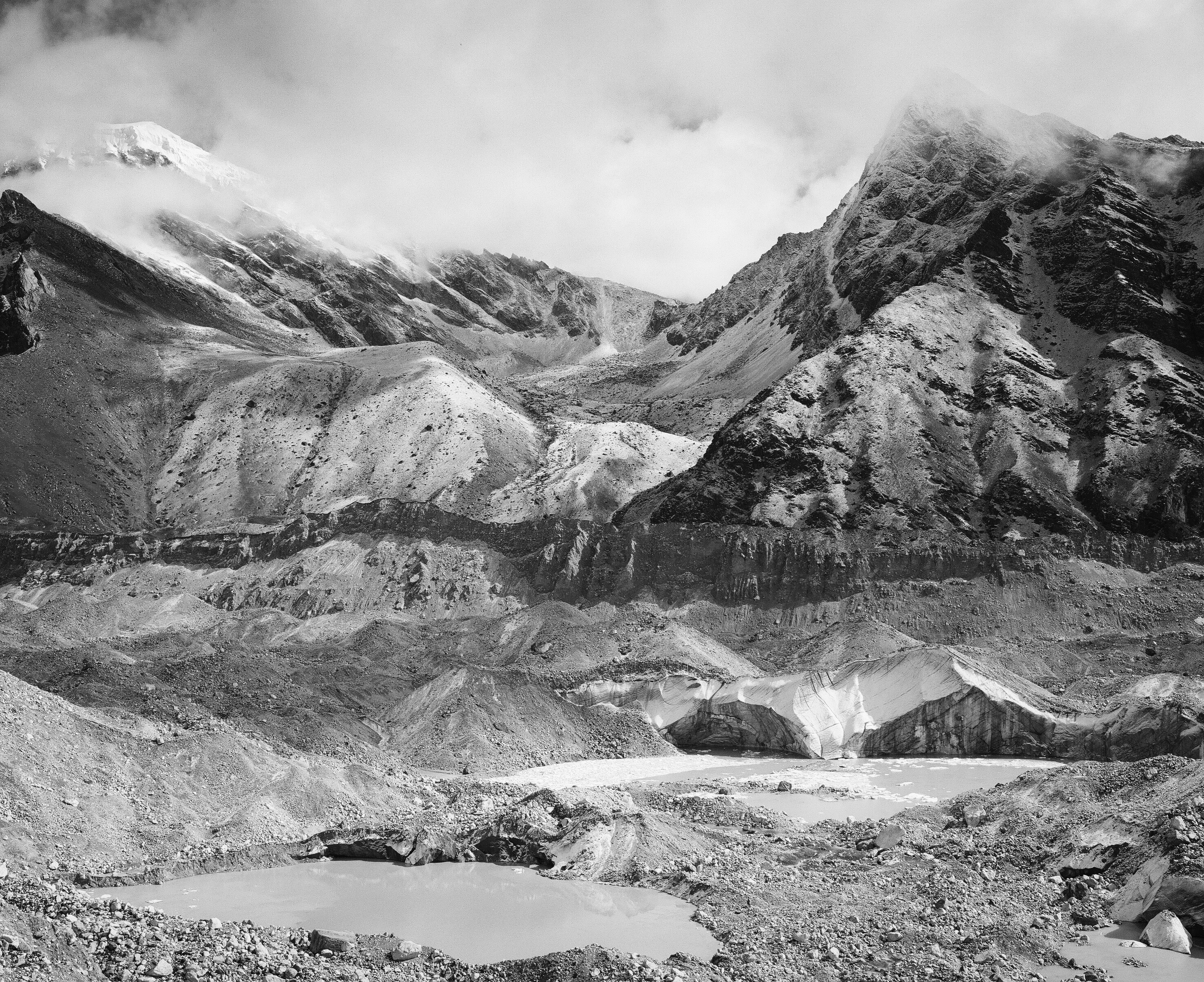

And Then Nothing Turned Itself Inside-Out is a study of a glacier in the Khumbu region of Nepal and an exploration of its decline within the sacred mountain landscapes.
Set below the sixth highest mountain in the world Cho Oyu, the Ngozumpa Glacier is the longest glacier in the Himalayas. Glacial melt was once slow, the movement of the ice measured in many years, often centuries.
In recent decades, the Nepali Himalayas are warming significantly and the Ngozumpa Glacier is showing signs of shrinking, thinning and the ice is rapidly melting; it’s as if time is literally flowing away.
In the Himalayas, it is believed by the local people that gods reside on mountaintops to distance themselves from the filth of human life. Sherpas have been known to link the decline of mountain glaciers to gods or deities.
Human interference in the motherland of Nepal is unleashing the fury of the mountain gods.
The glacial melt of Ngozumpa (‘water source’) may be interpreted by the Sherpa people as a moral reprimand by the gods due to the departure from their traditional lifestyle to new lifestyles that generate physical and spiritual pollution.
The works hold space as majestic reminders that the earth is a living planet of complex beauty under threat. The fragility of the soaring landscape has been preserved as it was photographed and is now historical documentation in the timeline of climate change.
The work included video, installation and an ambient score made in collaboration with Erik Omen. The namesake is from the seminal album by Yo La Tengo, originally an extract from a poem by Sun Ra.
And Then Nothing Turned Itself Inside-Out
2-5 November 2017
901 Bourke Street
Waterloo, Sydney
Press:
Vogue Living︎︎︎
Harper’s BAZAAR ︎︎︎
Russh︎︎︎
Broadsheet︎︎︎
10 Magazine︎︎︎
i-D ︎︎︎
Grazia Australia︎︎︎
Oyster︎︎︎
Art Almanac︎︎︎
Concrete Playground︎︎︎
Time Out︎︎︎
ArtsHub︎︎︎